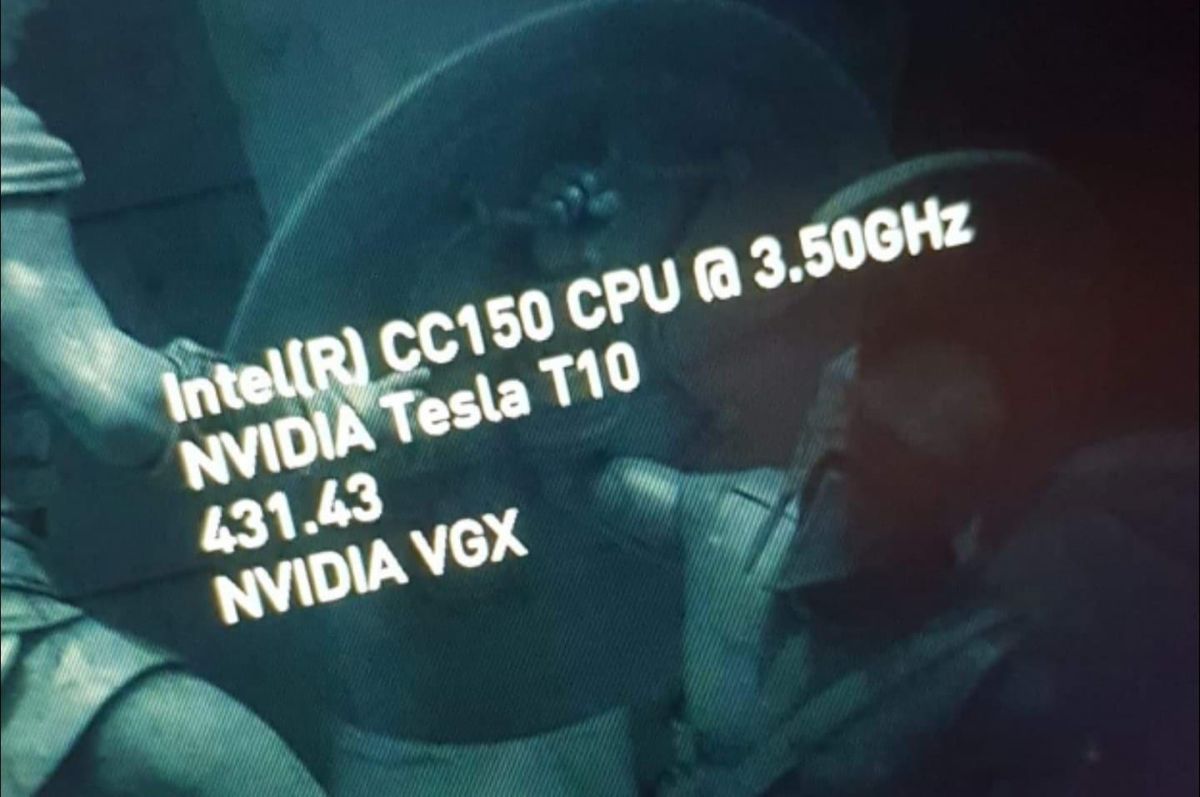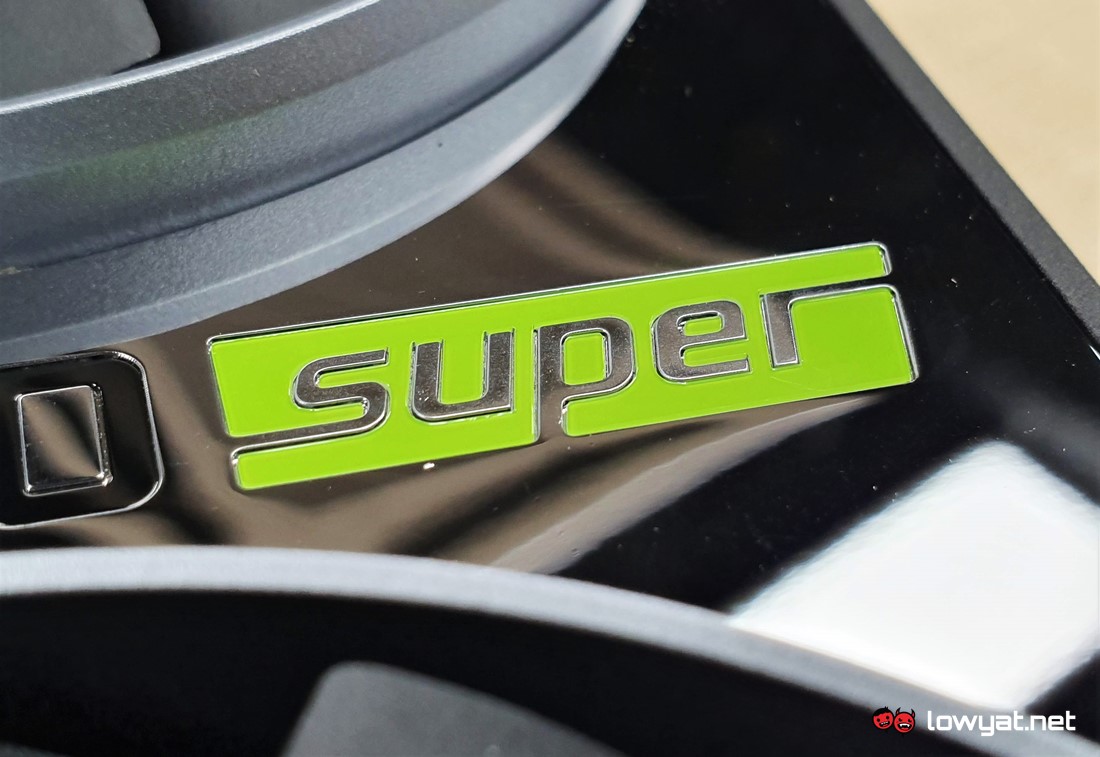As per a report by Tom’s Hardware, signs of the RTX 2080 Ti Super’s existence first appeared on the AIDA64 programme, which in turn was discovered on the GeForce forums in a thread regarding new RTX-capable servers for GeForce Now. Specifically, the programme received an update that detailed a new TU-102 Pascal GPU, with the code “T10-8”. Many online enthusiasts speculated that this new GPU is, in fact, the RTX 2080 Ti Super. However, what no one expected was just how bad the GPU’s performance was. Specifically, users began noticing significant drops in performance while running games off NVIDIA’s cloud gaming service, and for a good reason. Through one user, it was discovered that the system running the RTX T10-8 GPU was a dual-core Intel CPU, 7GB RAM, and the OS was Windows Server 2012.
It’s not an isolated case either. On another game – in this case, Assassin’s Creed Odyssey – the same CPU and NVIDIA GPU were listed in the game’s internal benchmark table running on an older GeForce driver. A more important takeaway point here, however, is that the GPU is named “Tesla”. Suggesting that the RTX 2080 T Super’s GPU is based on NVIDIA’s Tesla GPU architecture, and not the consumer-based Pascal GPU architecture. The hardware discovery also shed light over why some users were having issues with real-time ray-tracing; a feature that is available in all GeForce RTX series GPUs. As its stands, Windows Server 2012 lacks any support for Microsoft’s DXR (DirectX Ray-Tracing), which kind of explains why NVIDIA was initially unable to fix the problem with ray-tracing.
Of course, nothing has been confirmed for now, and it looks like NVIDIA isn’t quite ready to comment on what is clearly an unfinished product. So, until NVIDIA does decide to make this public, take this news with a pinch of salt. (Source: NVIDIA via Tom’s Hardware, Techspot, Reddit)

